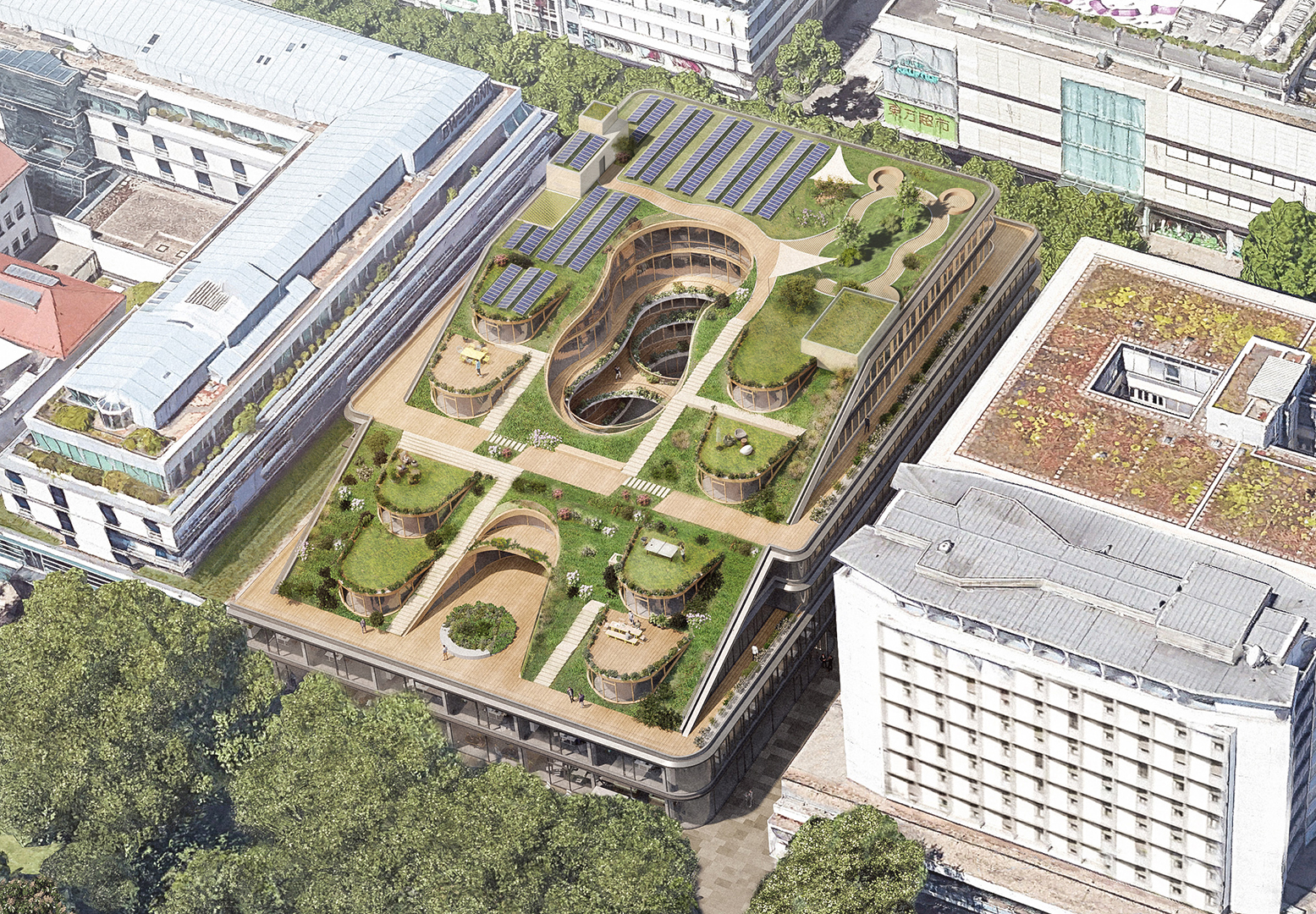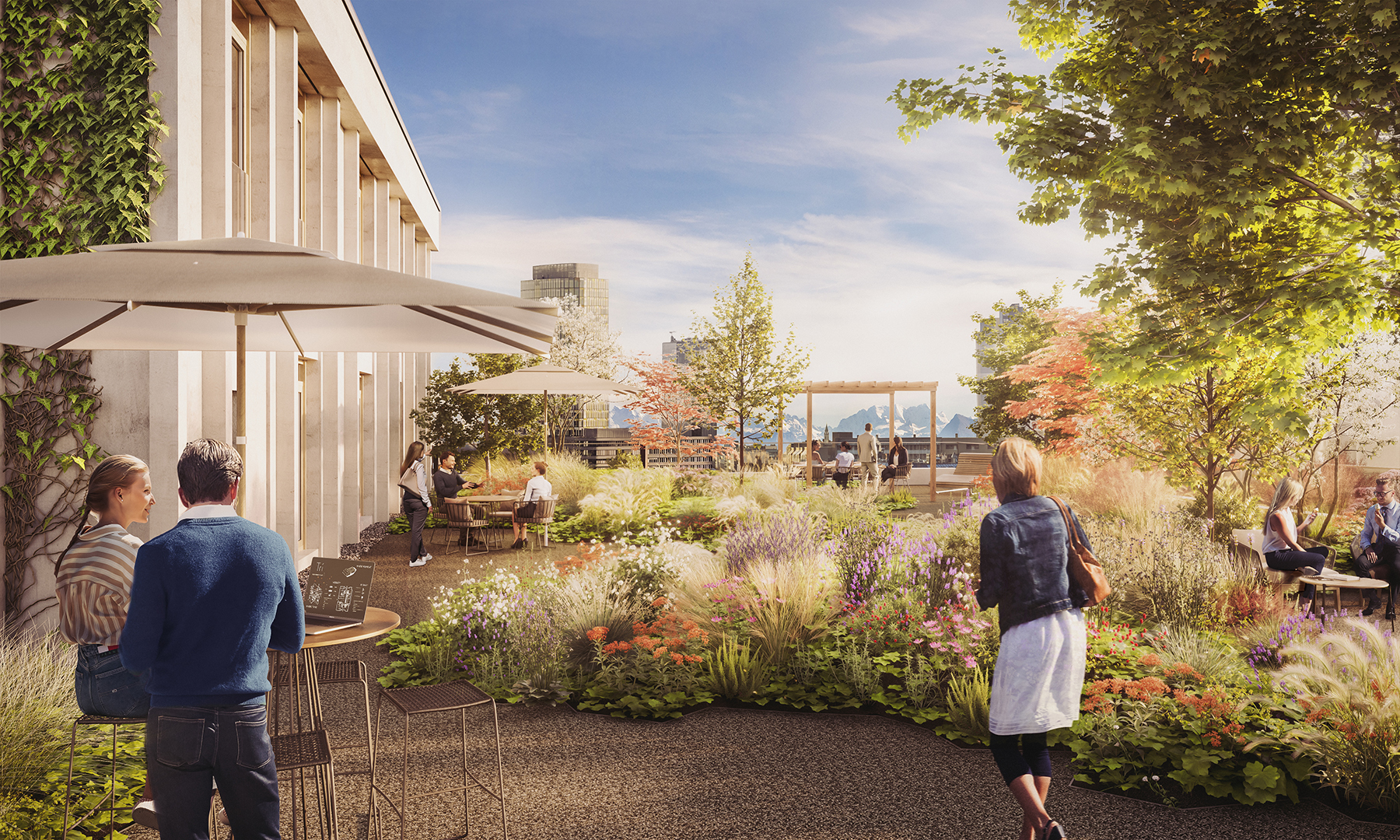The world's Mega-challenges underscore the necessity for adopting sustainable thinking and actions. This demands a holistic approach that integrates ecological, social, and economic dimensions to establish sustainable practices in our daily lives.
We are shaping our future! It necessitates a collective effort, embracing a diversity of skills from engineers and architects to researchers, entrepreneurs, politicians, and society at large. We leverage this diversity of perspectives, aligning them with people's needs to craft a contemporary, lively, and urban quality.
With over 20 years of experience, Oliv has honed expertise in refurbishing existing buildings, developing new structures, and revitalizing neighborhoods. We share this knowledge within a network of partners, all committed to using architecture as a vehicle for realizing a visionary future and addressing substantial challenges.
Achieving this goal requires numerous individual steps, converging to propel us forward in a unified leap.




